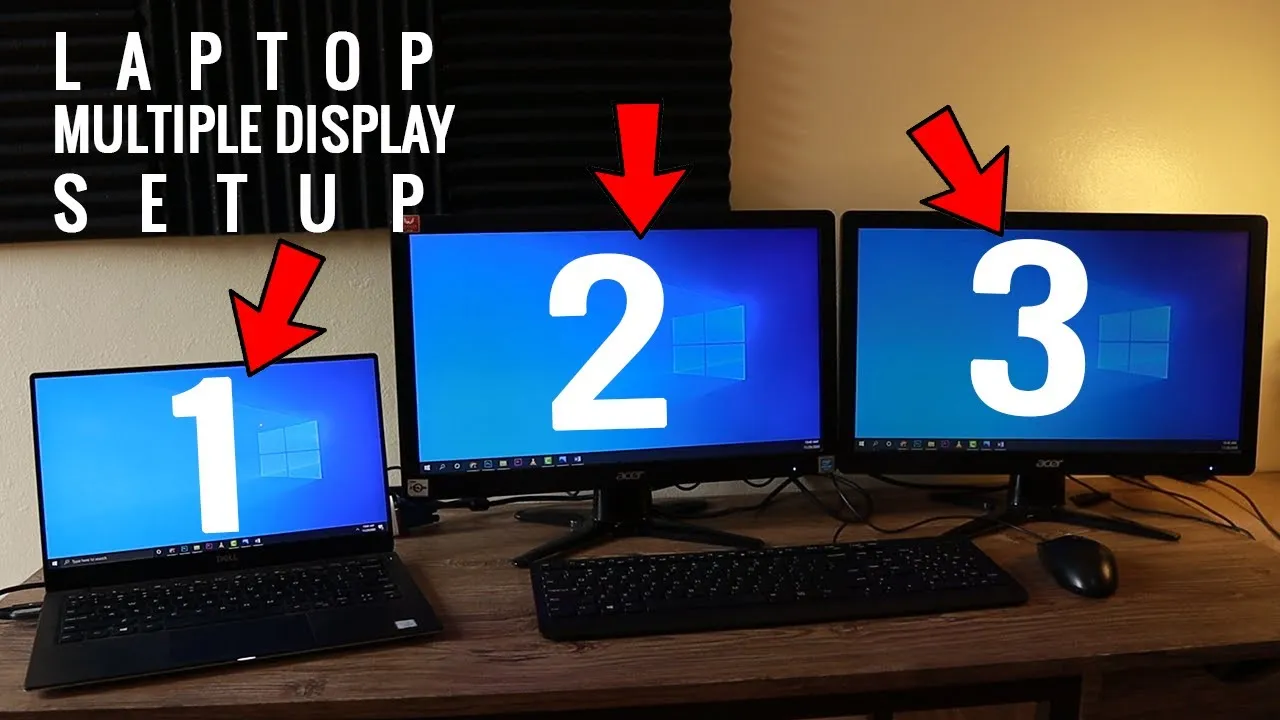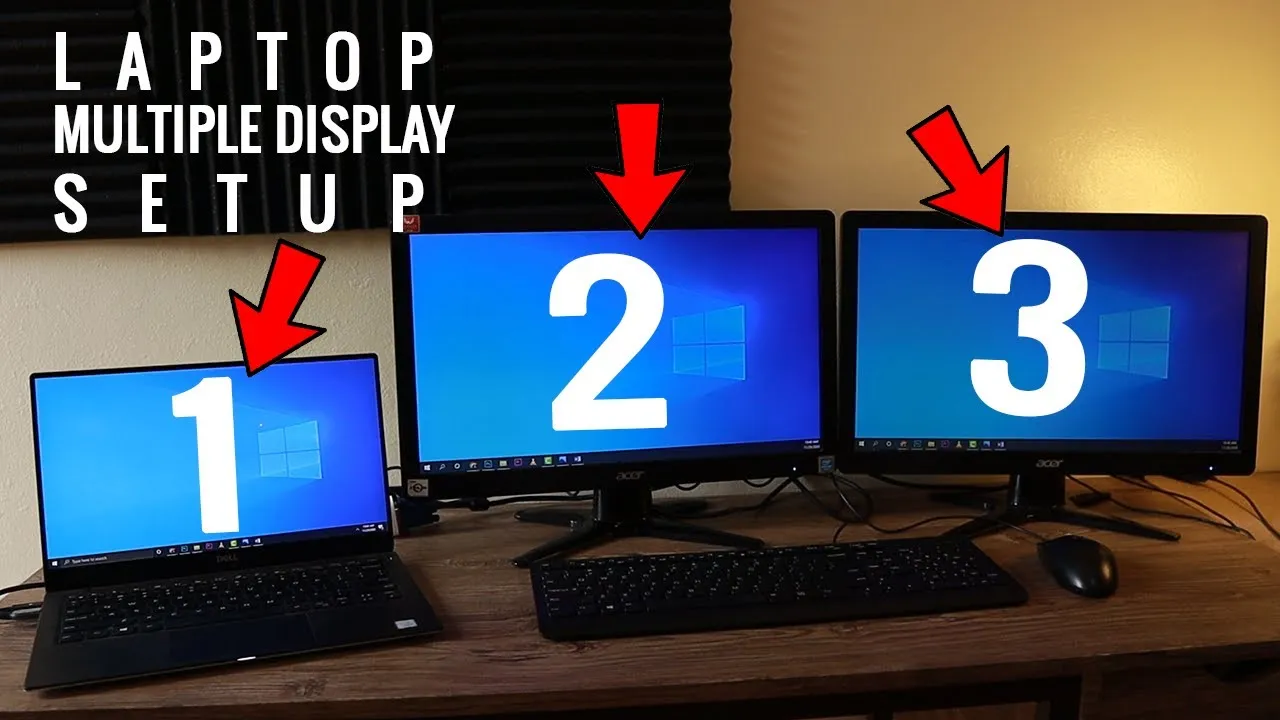
How to Set Up Your Laptop and Monitor as Two Screens
In the modern world of computing, having multiple screens can significantly enhance productivity and streamline workflow. Whether you’re a professional, a student, or an avid multitasker, setting up your laptop and monitor as two screens can provide you with a versatile workstation that maximizes efficiency and convenience. In this guide, we’ll walk you through the process step-by-step, ensuring that you can harness the full potential of your dual-screen setup.
1. Understanding the Benefits of Dual Screens
Before delving into the technical aspects, let’s explore why using two screens can be advantageous:
Recommended: How To Take Screenshots On Acer Laptop
- Increased Productivity: With two screens, you can multitask more effectively by having multiple windows and applications open simultaneously.
- Enhanced Workflow: Dual screens allow for seamless transition between tasks, improving overall workflow efficiency.
- Better Organization: Keep reference materials, documents, and communication tools on one screen while working on projects or tasks on the other.
2. Check Your Hardware Compatibility
Before proceeding, ensure that your laptop and monitor support dual-screen functionality:
- Ports: Check if your laptop has the necessary video output ports (HDMI, DisplayPort, VGA, etc.) to connect to an external monitor.
- Graphics Card: Verify that your laptop’s graphics card can handle dual-screen output.
3. Gather the Required Cables and Adapters
Depending on your laptop and monitor’s connectivity options, you may need specific cables or adapters:
Check Out: What Are The 10 Advantages Of Laptop
- HDMI Cable: Ideal for high-definition video and audio transmission.
- DisplayPort Cable: Offers high-performance video and audio connectivity.
- VGA Cable: Commonly used for older monitors and laptops.
4. Connect Your Laptop and Monitor
Follow these steps to physically connect your laptop and monitor:
- Turn off both devices: Before connecting any cables, power off your laptop and monitor to avoid potential damage.
- Connect the cable: Plug one end of the cable into your laptop’s video output port and the other end into the corresponding input port on your monitor.
- Power on: After connecting the cable, power on your laptop and monitor.
5. Adjust Display Settings
Once connected, you may need to adjust your display settings to optimize your dual-screen setup:
Check Out: How To Reformat Laptop Windows 10
- Windows: Right-click on the desktop and select “Display settings.” Here, you can customize the arrangement, resolution, and orientation of your screens.
- Mac: Navigate to “System Preferences” > “Displays” to configure your dual-screen setup.
6. Explore Additional Display Options
Depending on your operating system and graphics card, you may have access to additional display options:

- Extended Desktop: Extend your desktop across both screens, effectively giving you more screen real estate.
- Mirrored Display: Duplicate your laptop screen onto the monitor for presentations or sharing content with others.
Frequently Asked Questions (FAQs)
Q1: Can I use a laptop and monitor with different resolutions?
Yes, you can use a laptop and monitor with different resolutions, but it’s recommended to set them to the same resolution for optimal display quality and compatibility.
Q2: Do I need to install special drivers for dual-screen setup?
In most cases, modern operating systems automatically detect and configure dual-screen setups without requiring additional drivers. However, it’s a good idea to check for updates from your laptop and monitor manufacturers for any specific driver recommendations.
Q3: Can I use a wireless connection for dual-screen setup?
Yes, some laptops and monitors support wireless display technology (e.g., Miracast), allowing you to connect wirelessly without the need for cables. However, wireless connections may introduce latency and performance limitations compared to wired connections.
Q4: Can I use a laptop and monitor from different brands?
Yes, you can use a laptop and monitor from different brands for a dual-screen setup as long as they have compatible connectivity options (e.g., HDMI, DisplayPort). Compatibility may vary depending on the specific hardware and software configurations.
Conclusion
Setting up your laptop and monitor as two screens can unlock a world of possibilities, from enhanced productivity to seamless multitasking. By following the steps outlined in this guide and exploring the additional display options available, you can create a customized workstation tailored to your unique needs and preferences. Embrace the power of dual screens and elevate your computing experience to new heights.
Further Reading: How To Take Screenshot On Laptop Windows
Related Post: How To Reformat Asus Laptop

